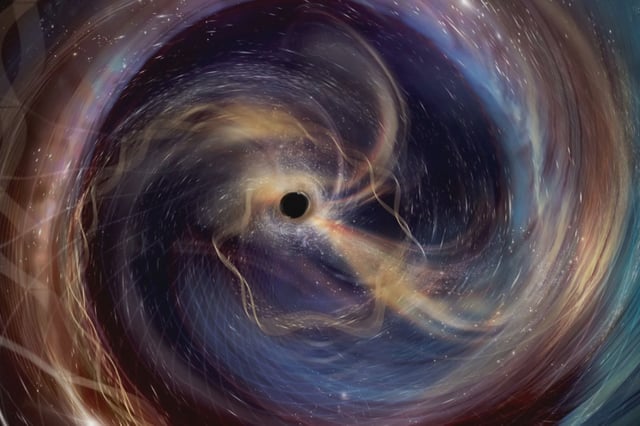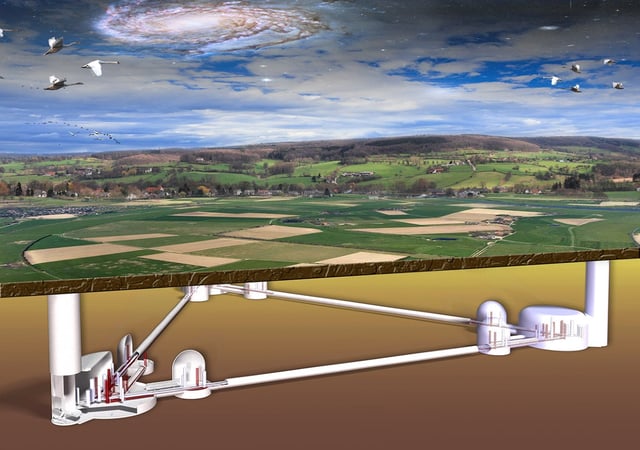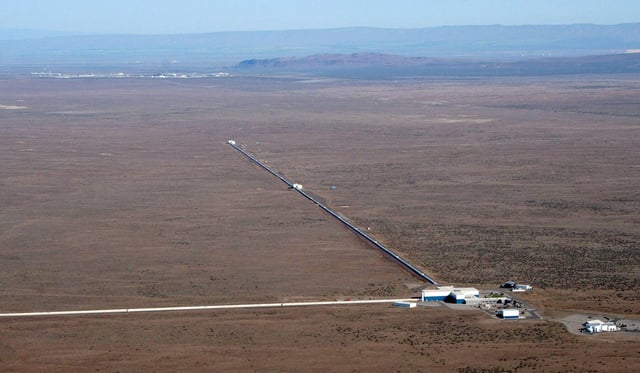Overview
- Physical Review Letters published the GW250114 study on September 10, led by Maximiliano Isi and Will Farr.
- The event’s remnant measured about 63 solar masses and rotated roughly 100 times per second, according to the analysis.
- A frequency-isolation technique cleanly separated the brief merger from the black hole’s ringdown, sharpening tests of general relativity.
- The LIGO–Virgo–KAGRA network now operates at roughly double its 2015 sensitivity, with binary black-hole mergers seen about every three days.
- Plans advance for LIGO A# upgrades and the 40 km Cosmic Explorer, though U.S. funding faces risk from proposed NSF cuts noted by researchers.



